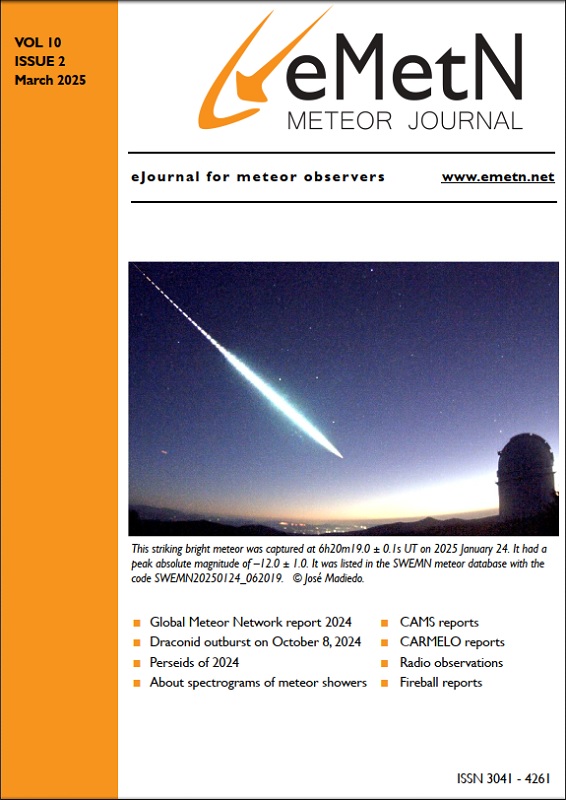Meteor Activity Outlook for 11-17 August 2018
During this period the moon will reach its new phase on Saturday August 11th. At that time the moon will lie near the sun in the sky and will be invisible at night. As the week progresses the waxing crescent moon will enter the evening sky but will not cause much interference for meteor observers, especially during the more active morning hours.
Read More
